What Is Alpine Skiing? The Ultimate Guide to the Thrill of the Slopes
July 14, 2025 | Alpine Skiing
Alpine skiing, also commonly known as downhill skiing, is the sport of sliding down snow-covered slopes on skis with fixed-heel bindings. It’s one of the most thrilling and widely practiced forms of skiing, whether at a local resort, in competitive skiing events, or at the Olympic Winter Games.
This blog post answers everything you need to know about alpine skiing—from what it involves to the different styles, equipment used, and why it’s such a popular Olympic sport. Whether you’re new to skiing or looking to understand the ins and outs of alpine skiing, this guide is your ultimate starting point.
What Is Alpine Skiing?
Alpine skiing is a winter sport where individuals slide down snow-covered hills using skis with fixed-heel bindings, which securely attach the boots to the skis. This setup provides stability and control, setting it apart from other types of skiing like cross-country or telemark, which use free-heel bindings. Alpine skiing primarily takes place on groomed slopes at ski resorts and is suitable for both recreational fun and high-level competition.
The sport involves using gravity to descend a slope while maneuvering through turns, changes in terrain, and, in competitive settings, racing gates. It includes various disciplines that differ in speed, technical difficulty, and course layout. Whether you’re a beginner enjoying gentle runs or an advanced skier tackling challenging terrain, alpine skiing offers a thrilling mix of adrenaline, skill, and winter scenery.
How Is Alpine Skiing Different from Other Forms of Skiing?
There are several types of skiing, but alpine skiing stands out due to its focus on descending slopes at high speed with control and precision. Here’s how alpine skiing compares to other popular skiing styles:
- Cross-Country Skiing: Performed on flat or rolling terrain, focused on endurance and self-propulsion.
- Telemark Skiing: Uses free-heel bindings and a distinct lunging turning technique.
- Freestyle Skiing: Includes tricks, aerial maneuvers, and moguls, often in terrain parks.
- Adaptive Skiing: Uses customized equipment for skiers with physical disabilities.
In alpine skiing, speed and control on a downhill course are the priorities. It’s a form of skiing that appeals to both recreational skiers and high-level athletes looking to compete in skiing competitions.
Main Disciplines in Alpine Skiing
Alpine skiing consists of five main disciplines, each requiring different skills, equipment, and levels of technical ability. These disciplines are recognized in world championships, the Winter Olympics, and professional circuits governed by the FIS (International Ski Federation).
1. Downhill
This is the fastest and most dangerous alpine event. Downhill skiing involves racing down a long, steep slope with minimal turning. Skiers reach incredibly high speeds, and the emphasis is on courage, control, and aerodynamics.
2. Super-G (Super Giant Slalom)
The Super-G combines elements of speed and turning. It’s faster than a iant slalom but requires more turning than a downhill race. It’s a test of both technical and speed skills.
3. Giant Slalom
The giant slalom course features more gates and turns than Super-G, with skiers navigating wide, arcing turns. This discipline emphasizes rhythm and smooth transitions between turns.
4. Slalom
The slalom race is the most technical of the five. It features very tight, closely spaced gates, requiring rapid and precise turns. Quick reflexes and perfect timing are crucial.
5. Combined (Alpine Combined)
This event merges downhill and slalom disciplines into one. Skiers complete one run of each, and the total time determines the winner. It tests versatility across speed and technique.
These five disciplines are the foundation of competitive alpine skiing, and each presents unique challenges and techniques for skiers to master.
What Does an Alpine Ski Course Look Like?
An alpine ski course varies by discipline but typically includes:
- Gates: Pairs of poles that racers must pass through in a set order.
- Turns: Ranging from wide, sweeping arcs in Super-G to quick, tight maneuvers in slalom.
- Terrain Variations: Including jumps, rolls, and variable pitch to challenge skier adaptability.
- Groomed Runs: Maintained with snow machines and grooming equipment to ensure consistency and safety.
Courses are designed to test speed, agility, and balance, and are closely monitored to meet safety and competitive standards.
What Equipment Is Used in Alpine Skiing?
Alpine skiing equipment is specialized to handle high speeds, sharp turns, and the forces experienced on the slope. The right gear is essential for performance and safety.
- Skis: Designed for each event. Slalom skis are shorter and allow tight turning, while downhill skis are longer for stability at speed.
- Bindings: Fixed-heel bindings that securely attach the boot to the ski. Some include safety releases to prevent injury.
- Ski Boots: Rigid, plastic ski boots that provide ankle and leg support while transferring power to the skis.
- Poles: Used for balance and timing during turns.
- Helmet & Goggles: Mandatory in competitive skiing. Helmets protect from impact, while ski goggles improve visibility.
- Race Suit: Skin-tight suits minimize air resistance and allow freedom of movement.
Advanced skiers may also use back protectors, speed suits, and aerodynamic helmets, especially in speed events like downhill and Super-G.
How Do Alpine Skiing Competitions Work?
In alpine skiing competitions, racers go one at a time in a time trial format. The skier with the fastest time to complete the course without missing any gates wins.
- Start Gate & Finish Line: Timing starts and ends here.
- Penalty for Missed Gates: Disqualification or added time, depending on event rules.
- Two Runs (for Some Disciplines): Slalom and giant slalom typically have two runs, with the combined time determining the winner.
- Mixed Team Event: Introduced recently, where national teams compete in parallel slalom races.
Whether it’s the Olympic Winter Games, a local ski competition, or the World Championships, alpine skiing events are governed by strict rules and safety standards to ensure fairness and competitiveness.
Alpine Skiing in the Olympics
Alpine skiing has been part of the Winter Olympics since 1936 and is one of the most-watched events in the Olympic Winter Games. Both men’s and women’s events are featured, and winners are crowned as Olympic champions.
The 2018 Winter Olympics and Beijing 2022 Winter Olympics featured all five alpine disciplines plus the mixed team event, which showcases both speed and collaboration. These games are the pinnacle of competitive alpine skiing and bring together the best skiing athletes from around the world. Alpine skiing is not just a sport—at the Olympics, it’s a spectacle of precision, skill, and speed that defines winter excellence.
What Is Freestyle and Adaptive Alpine Skiing?
While traditional alpine skiing dominates competitive circuits, the sport has evolved to include diverse forms:
- Freestyle Skiing: Focuses on aerial tricks, mogul skiing, and terrain park elements. Although separate from alpine skiing, many athletes train in both disciplines.
- Adaptive Skiing: Enables individuals with disabilities to participate using equipment like sit-skis and outriggers. Adaptive skiing encompasses all alpine events, and the Paralympic Winter Games feature a robust alpine skiing component.
Both styles expand access and expression within the skiing world while preserving the fundamentals of balance, control, and flow on the slope.
Where Can You Try Alpine Skiing?
If you’re ready to experience alpine skiing, you don’t need to be a pro. Most ski resorts offer trails for all ability levels—from beginners to expert black-diamond runs. Ski schools provide instruction, and rental shops offer the latest alpine skiing equipment for a safe and enjoyable ride.
Look for resorts with:
- Groomed runs
- Beginner slopes
- Ski lifts
- Snow-making capabilities
Whether you’re heading to the Alps, the Rockies, or a local hill, alpine skiing is a winter pastime that offers fun, challenge, and a deep connection to nature.
Why Alpine Skiing Continues to Grow
Alpine skiing’s appeal lies in its mix of adventure, skill, and physical engagement. With millions of people skiing recreationally and thousands participating in competitive alpine skiing, the sport continues to evolve.
Modern skiing technique, safer equipment, and global competitions keep it relevant and exciting. Events like the parallel slalom competition, the rise of adaptive skiing, and media coverage during the Olympic winter seasons contribute to the sport’s ever-growing popularity. It’s also a fantastic way to stay active, enjoy the outdoors, and challenge yourself on every run.
Conclusion
Alpine skiing is a powerful blend of speed, control, and mountain adventure. Whether pursued recreationally or competitively, it offers something for every level of skier—from smooth turns on beginner slopes to the high-speed challenges of competitive races. With its fixed-heel bindings, groomed runs, and dynamic techniques, alpine skiing stands out as one of the most exciting and accessible forms of winter sport.
As ski resorts continue to grow and global competitions inspire new generations, alpine skiing remains a favorite winter pastime and an elite athletic pursuit. Whether you’re carving down a local slope or dreaming of Olympic-level performance, the essence of alpine skiing lies in the simple joy of gliding down snow-covered terrain with confidence, freedom, and exhilaration.
More Posts
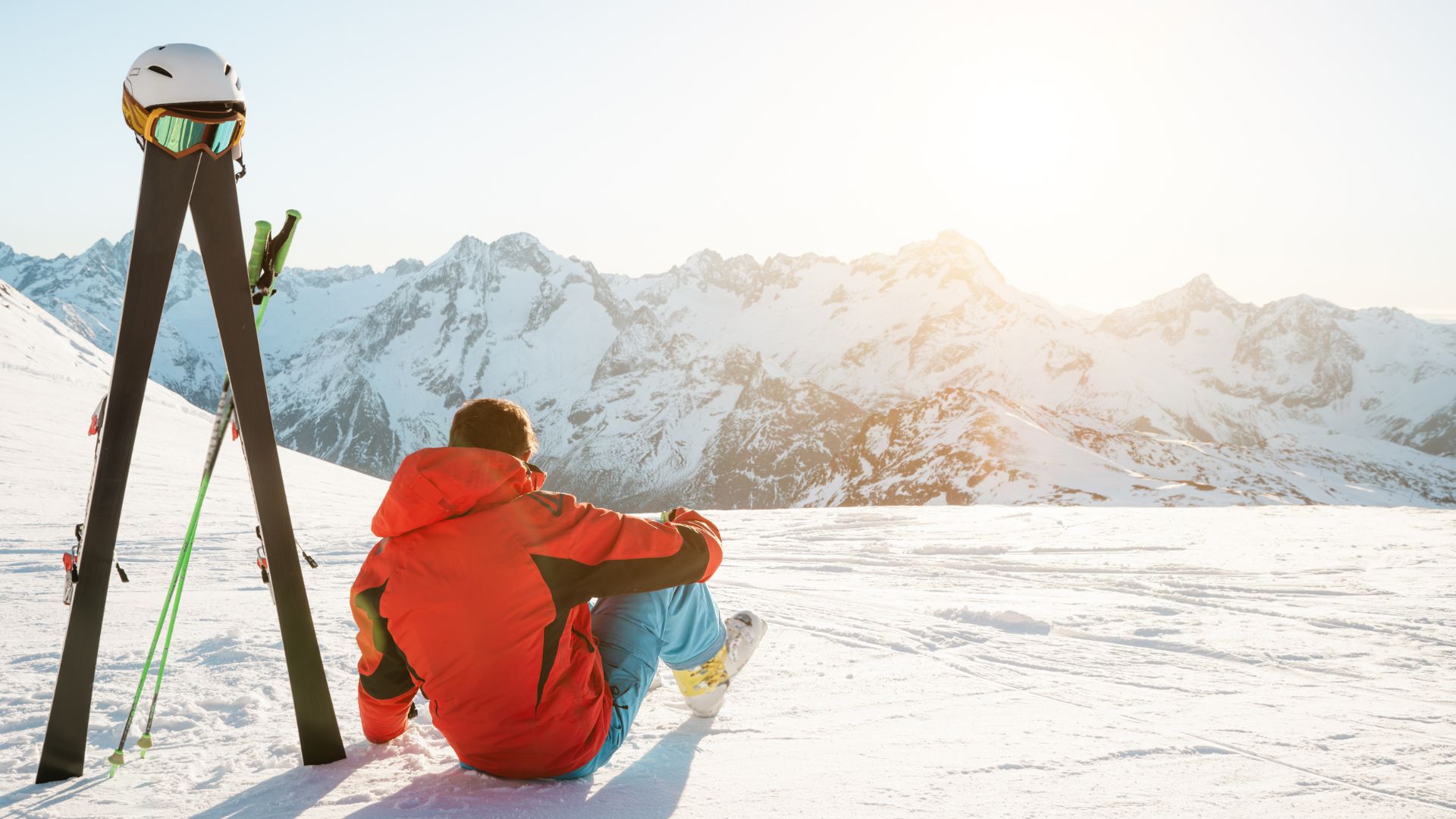
How to Avoid Altitude Sickness While Skiing
Skiing is an exhilarating winter sport, but for many, skiing at high altitude can bring...
read More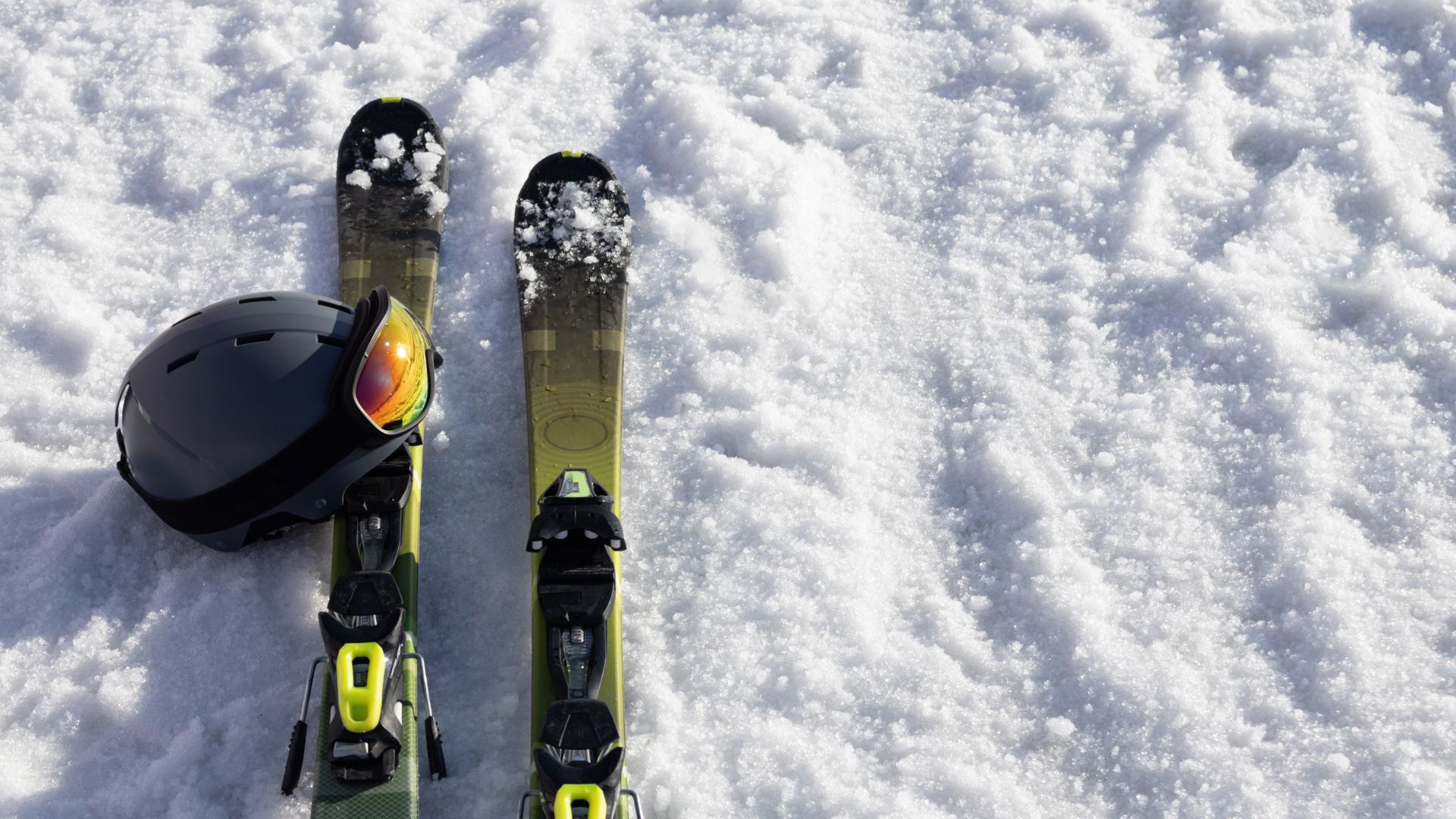
What Are the Best Skis for Beginners? A Complete Guide
If you are new to skiing, you may wonder what are the best skis for...
read More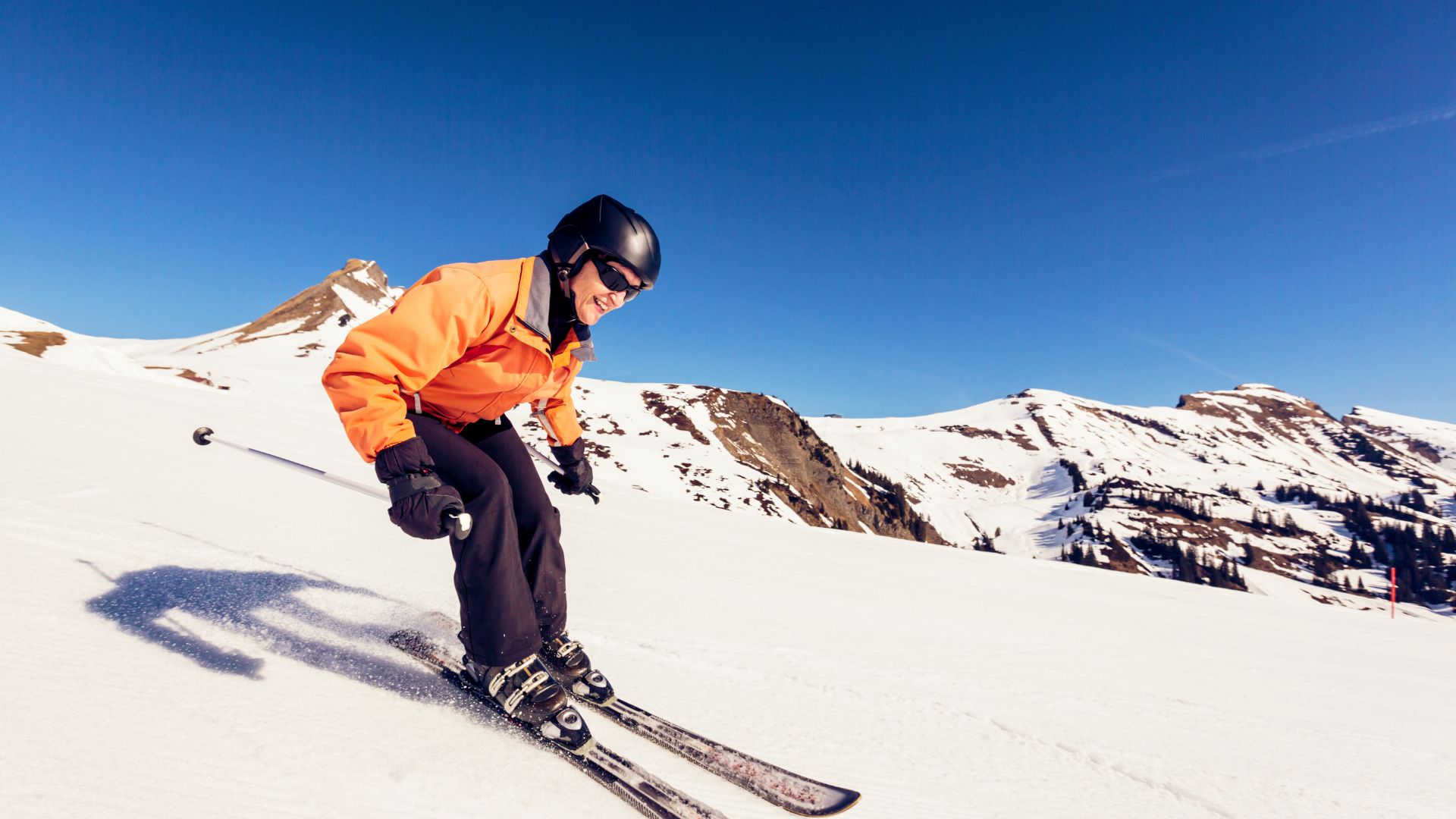
How Has Ski Technology Changed: The Evolution of Modern Skiing
Skiing has evolved immensely since its early days of wooden planks and leather straps. The...
read More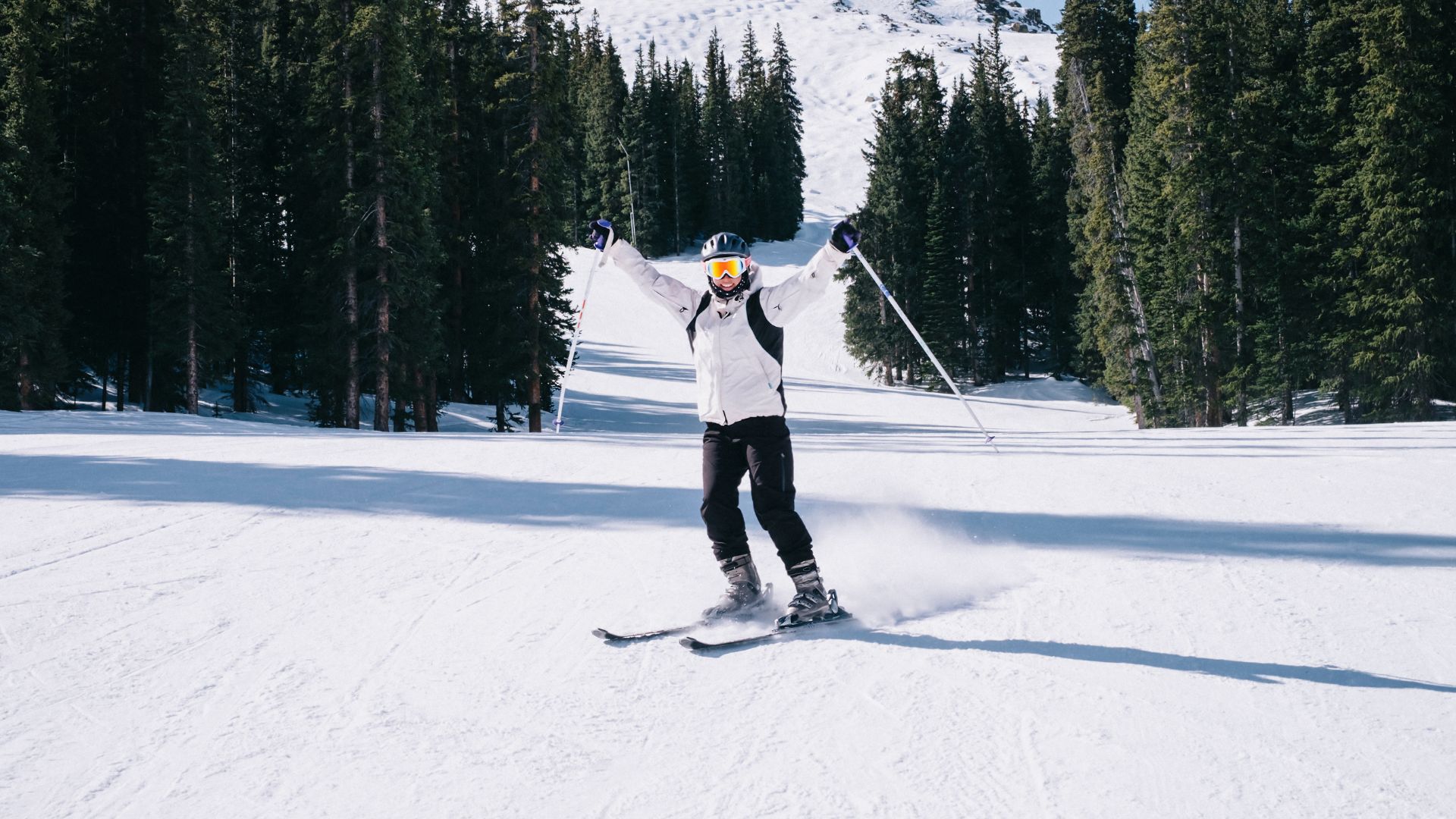
How to Improve Skiing Balance: Expert Tips for Better Control and Confidence
If you’ve ever wondered how to improve skiing balance, you’re already taking a crucial step...
read More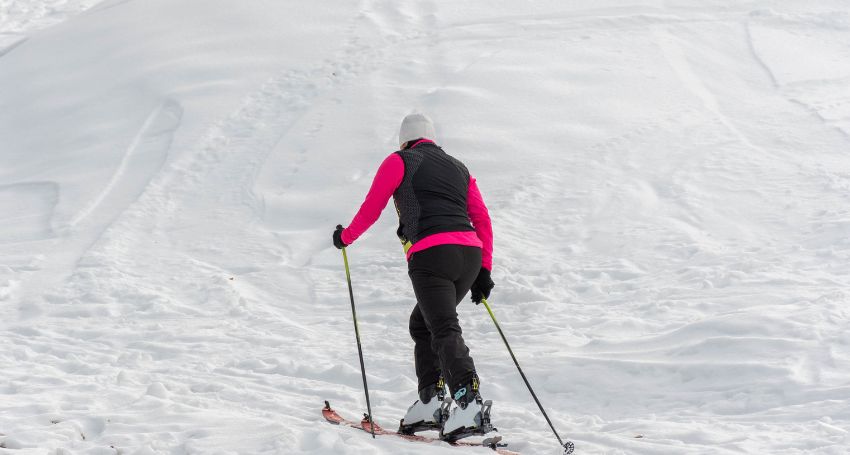
How to Parallel Ski for Beginners: A Complete Step-by-Step Guide
For many novice skiers, mastering how to parallel ski for beginners marks a major milestone...
read More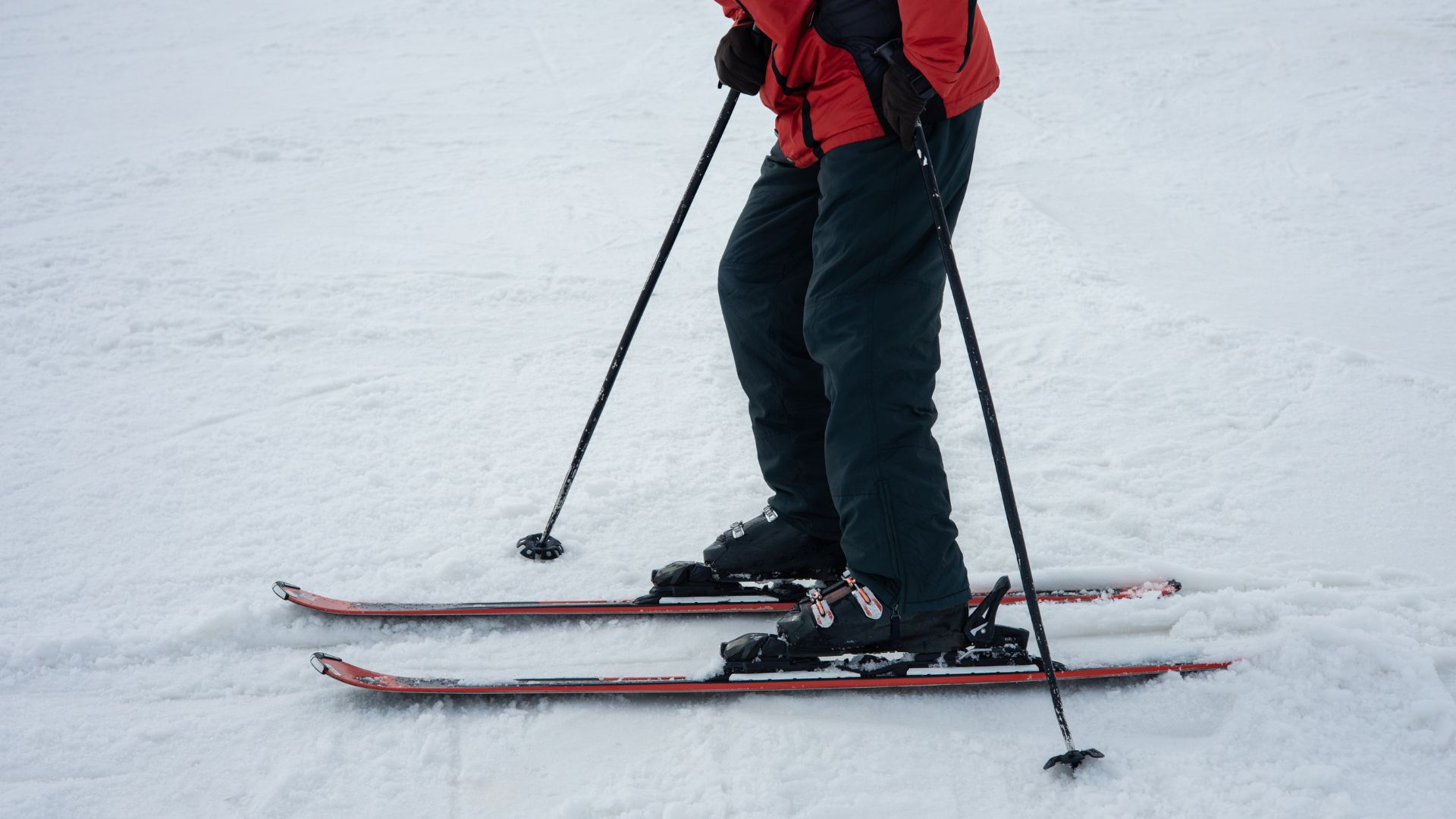
How to Parallel Ski: Master the Essential Technique
If you’ve ever admired experienced skiers gliding effortlessly down a slope, both skis perfectly aligned,...
read More